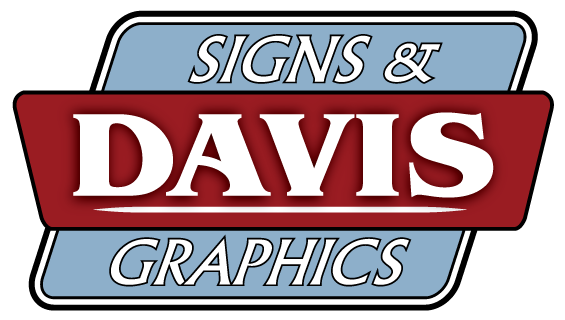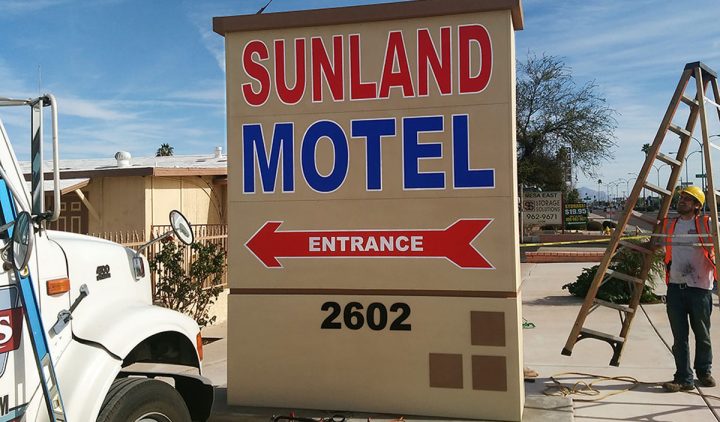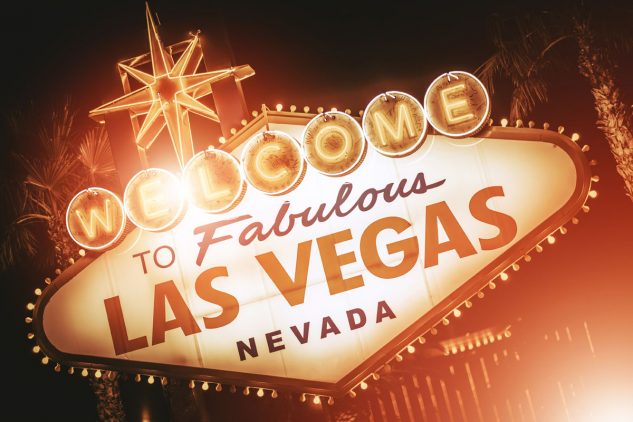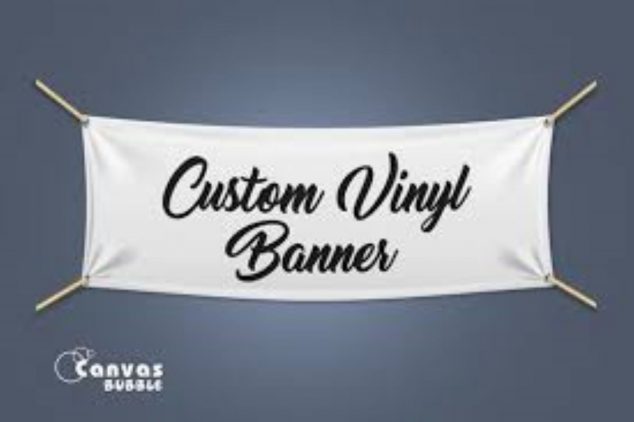Can an HOA legally restrict yard signs?
Whether a homeowners association (HOA) can legally restrict yard signs depends on various factors, including the HOA’s governing documents, state and local laws, and constitutional considerations. Here are some key points to consider:
- HOA Governing Documents: The HOA’s covenants, conditions, and restrictions (CC&R’s), as well as its bylaws and rules, typically outline the powers and limitations of the HOA board regarding property use, aesthetics, and signage. If the governing documents specifically prohibit or restrict yard signs, the HOA may have the authority to enforce those restrictions.
- State and Local Laws: Some states have laws that protect homeowners’ rights to display certain types of signs, including political signs, for-sale signs, or religious signs, regardless of HOA rules. Additionally, local zoning ordinances or sign regulations may impact the HOA’s ability to restrict yard signs.
- Constitutional Considerations: Restrictions on the content of signs may implicate First Amendment free speech rights. Courts have sometimes struck down HOA sign restrictions that are deemed overly broad or discriminatory based on content. However, restrictions that are content-neutral and serve a legitimate purpose, such as maintaining aesthetics or preventing safety hazards, may be upheld.
- Reasonableness and Enforcement: Even if an HOA has the authority to regulate yard signs, its rules must be reasonable and uniformly enforced. Arbitrary or selective enforcement of sign regulations could invite legal challenges from homeowners.
- Amendment Procedures: Homeowners typically have the ability to amend the HOA’s governing documents through a vote of the membership. If homeowners disagree with sign restrictions, they may pursue efforts to amend the CC&R’s or bylaws to allow for greater flexibility regarding yard signs.
It’s essential for homeowners to review their HOA’s governing documents, consult with legal counsel if necessary, and understand their rights and obligations regarding yard signs. Likewise, HOA boards should carefully consider the legal implications and community interests when establishing or enforcing sign regulations.





